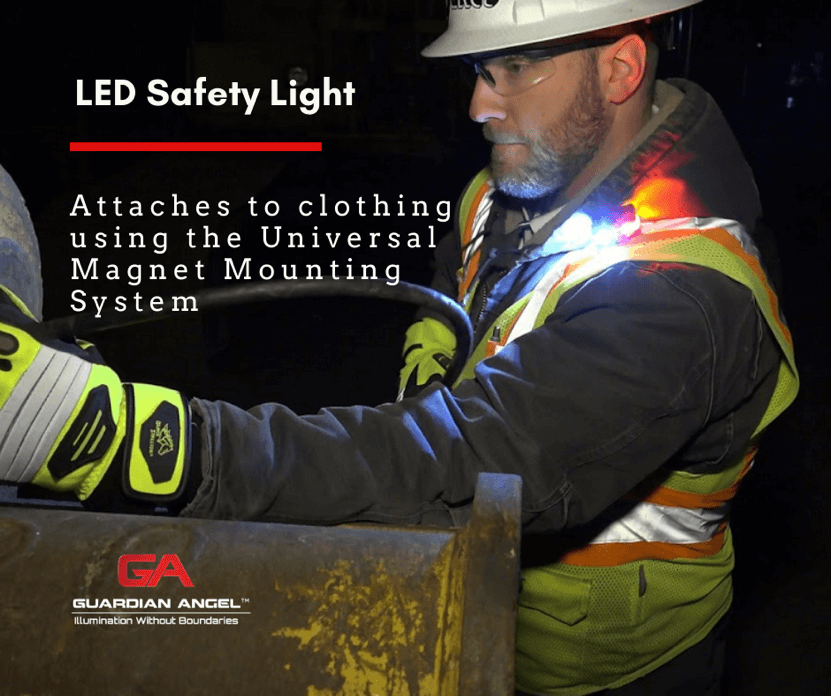The construction industry has dealt with labor shortage issues for years. With a lack of interest amongst high school and college graduates wanting to join the skilled-labor force, the industry has turned to unique methods to try to create enthusiasm towards working in construction.
1. Using Technology to Attract Workers
Construction is not glamorous, at least from an outsider’s perspective. Many perceive the industry as a bunch of hard-nosed men who tout hard hats, swing hammers, and run bulldozers all day. Yet, technological advances have made sweeping changes within the world of construction. Some contractors are using that modern shift to lure new talent into the industry.
Upgrades to workflow processes and job site automation include mobile applications, virtual reality, and safety wearables for team members on the job. By highlighting their desire to equip employees with fun new “toys” to get the job done more efficiently and effectively, contractors are creating a buzz for job seekers who have an interest in new gadgets and automation.

From a safety and risk management standpoint, wearables are creating a considerable impact on the construction industry. The Guardian Angel Device, though relatively new, is one example of a high-tech safety wearable.
Contractors are using safety devices like these to remind employees that they are aware of the dangers of working on construction sites and are making concerted efforts to keep employees as safe as possible.
Similarly, advances in the use of aerial imagery on project sites have been a unique selling point for the industry. Drones are great tools in the field for their ability to capture imagery of hard to reach
places. Contractors are leveraging them to monitor project progress, conduct site surveys, create topographical maps, and complete drainage models.
2. Whole Person Awareness
With tight timelines, budgetary restrictions, and unexpected delays, construction can be a demanding and stressful profession. With that in mind, it is not entirely shocking to have the construction industry be considered a career only for the resilient.
Unfortunately, the paradigm of always having to be tough has plagued the industry in ways no one could have ever expected. Not being able to withstand the pressures of construction has wreaked havoc on employees across the country. The construction and extraction industries have the second-highest rate of suicide – 53.3 per 100,000 workers, according to the U.S. Centers for Disease Control and Prevention (CDC). That statistic is catching the eye of industry leaders who are committed to doing something about it.
With a vested interest in keeping employees happy, healthy, and focused, the transformation of the industry’s culture has begun. Leaders know that to attract top talent to their organization, they need to be willing to address and provide solutions to issues that could potentially result in suicide. As a means of starting the discussion, contractors are focusing on whole-person wellness, which builds resiliency and enables a person to thrive during life transitions.
Mental health initiatives are at the forefront of whole-person wellness and focus on stress management, development of a growth mindset, self-awareness, and self-management. Furthermore, mental health initiatives in construction are starting to become mainstream as a result of industry leaders opening up on social platforms to talk about mental health, even addressing issues they may have endured personally.
Cal Beyer, Vice President of Workforce Risk and Worker Wellbeing at CSDZ, is just one example of a leader who is taking concerted action to vocalize the importance of promoting mental health and wellness in the workplace. He notes, “Promoting mental health and wellness will not only support suicide prevention but also increase productivity and wellbeing among workers. All companies can take action.”
Led by constant communication, a bit of vulnerability, and the support of leadership, whole-person wellness initiatives are becoming a powerful attraction for those of all ages looking to enter the construction sector.
3. Diversity & Inclusion Initiatives
Labor shortages have reminded the construction industry that now, more than ever, is the time to focus on diversity and inclusion initiatives. To showcase the industry’s desire to attract and retain top talent from any walk of life, the Association of General Contractors launched a national workplace initiative called the “Culture of CARE.” CARE stands for:
- Commit
- Attract
- Retain
- Empower
The new program helps construction organizations create more welcoming workplace environments for staff, particularly those from diverse demographic backgrounds.
Diversity and inclusion have always been important initiatives for contractors, as it’s crucial to be fair and equitable in every aspect of a business. With a limited talent pool, we cannot limit ourselves to those in our demographic who think, look, and behave as we do. Otherwise, we are putting ourselves at a disadvantage. Contractors understand that the industry can be a great place with endless opportunities for both young and seasoned professionals from all walks of life. The diversity and inclusion initiatives, spearheaded by the Culture of CARE, help cement that desire in the public’s eyes.
In summary, the construction industry has always been a leader of ingenuity. The focus that was once on building and constructing has shifted toward unique and creative ways to explore recruiting and retention. With individuals putting more value on job satisfaction, culture fit, creativity, and happiness – the construction industry is putting the pieces in place to attract and retain top talent within the skilled labor workforce.

